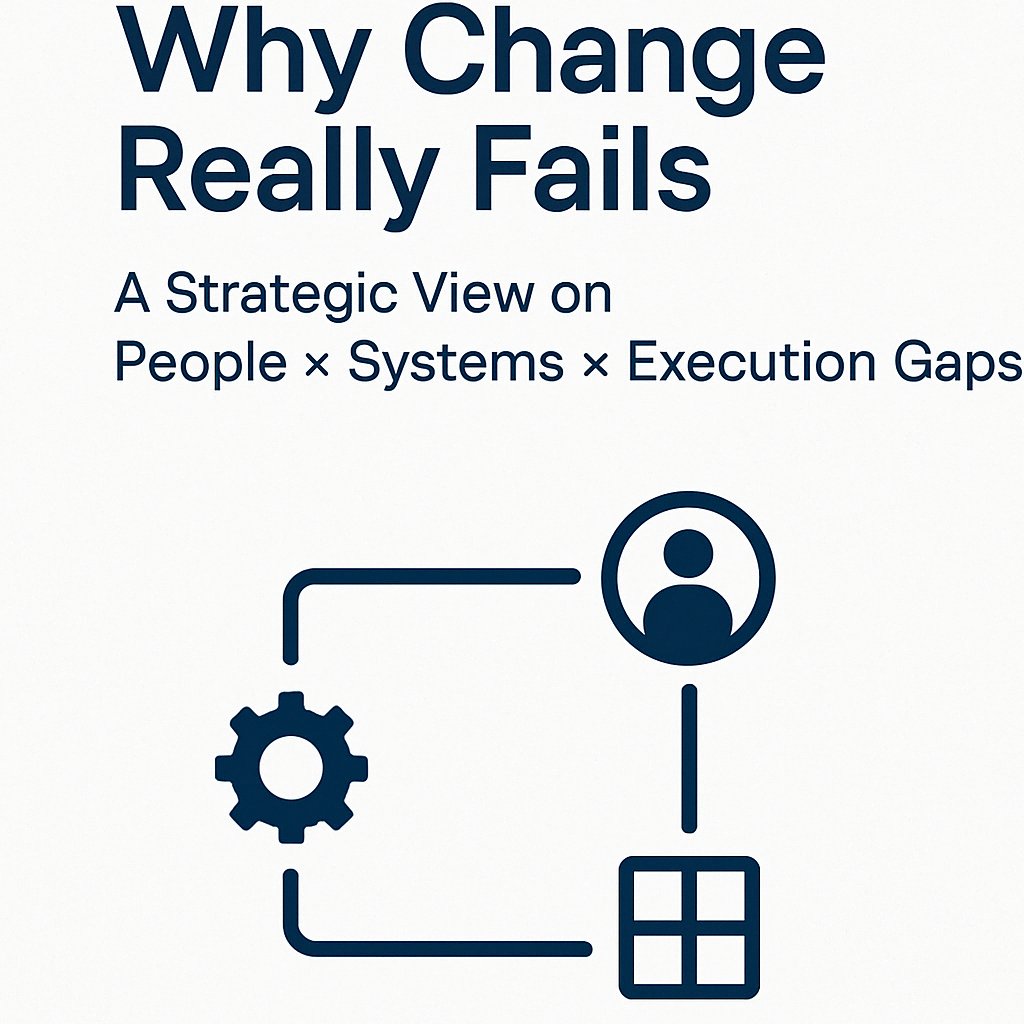Apr11

In the murky depths of sustainability reporting, one data point rules them all: the Product Carbon Footprint (PCF). It’s not new. It’s not flashy. But for manufacturing leaders trying to wrestle emissions down to net zero by mid-century, PCF is about to become the gold standard. The only problem? Most manufacturers are still working with static spreadsheets, outdated databases, and averages that could be off by orders of magnitude.
In episode 62 of the Sustainable Supply Chain podcast, I sat down with Simon Kim, CEO and founder of Glassdome, to dig into what it takes to get PCF right—and why real-time, machine-level data is the linchpin to doing it accurately, affordably, and at scale. You can listen to the full episode here.
Let’s not sugar-coat it: most emissions data used today is guesswork dressed in compliance clothing. Lifecycle databases and emission factor repositories serve as the default inputs for many corporate footprinting efforts. They're based on industry averages, not actual emissions. That might pass regulatory muster for now, but it’s a poor foundation for serious decarbonisation.
Here’s why that matters: if every supplier reports using the same average data, there’s no differentiation. Supplier A and Supplier B look identical on paper, even if one is running on super clean solar and the other on coal. And for manufacturers trying to decarbonise supply chains—where Scope 3 emissions typically account for 70% or more of total emissions—that’s a big blind spot.
Simon and his team at Glassdome have built a system that plugs directly into manufacturing machinery—bypassing the black box of assumptions entirely. Their software connects to legacy equipment through custom-built drivers (think USB printer drivers, but for CNC machines and robotic arms), extracts machine-level energy and material usage data, and uses it to compute real-time PCFs.
With this kind of granularity, manufacturers can:
And perhaps most importantly, they can report to regulators with confidence, rather than caveats.
The EU is leading the charge. The 2023 EU Battery Regulation mandates site-specific, primary emissions data for all batteries sold within the bloc. And it’s not just a one-off. The Digital Product Passport and Ecodesign for Sustainable Products Regulation (ESPR) are queuing up next, targeting a wide range of sectors from textiles to consumer electronics.
If your products cross a European border, you’re in scope. And just as USB-C became the global standard after an EU push, PCF compliance will likely follow a similar trajectory. Apple didn’t redesign iPhones for Europe only. Manufacturers won’t either.
Big manufacturers have compliance teams, sustainability officers, and budgets to throw at decarbonisation. But small and mid-sized manufacturers? Not so much.
If you want to bring SMEs along, emissions tracking needs to be automated, affordable, and as close to plug-and-play as possible. That starts with scalable data infrastructure. Not million-euro IT overhauls, but low-cost, IoT-driven systems that can be deployed quickly, generate actionable insights, and plug into broader reporting platforms like Siemens' SiGreen.
The goal isn’t just to survive audits. It’s to create competitive advantage. If you’re a supplier who can deliver emissions transparency along with your products, you’re already ahead of 90% of the market.
Today, PCF disclosures are rare. But five years from now, they could be as common as nutrition labels. Simon recalled his surprise visiting Europe, where food packaging prominently features A-to-E health ratings. He expects the same thing for carbon. Oatly, for instance, already lists the CO2e per litre on its oat milk packaging. Most dairy competitors don’t. So while 0.54kg CO2e/kg may sound good, there’s really no way of telling, because there's no benchmark, or reporting standard - yet.
Once PCF becomes a standardised consumer signal, lagging behind won’t just be a regulatory risk—it’ll be a branding liability.
Everyone wants to sprinkle a bit of AI on their sustainability problems, but you can’t optimise what you don’t measure. AI can help once the data exists, but until then, the first step is infrastructure. Get your data out of the machines. Then let the algorithms go to work.
Eventually, AI could handle system boundaries, allocation rules, and PCF methodology selection. But today, it’s real-world sensors and IoT gateways that need the spotlight.
If you’re a manufacturer reading this and wondering what to do tomorrow, the advice is simple: after data infrastructure, tackle your supply chain. Scope 3 is the big beast, and getting even partial transparency into your tier-1 and tier-2 emissions is better than staying in the dark.
Work with suppliers, share goals, define data exchange frameworks. Don’t wait for regulation to drag you forward. If you’re the one asking the hard questions about emissions now, you’ll be the one winning business tomorrow.
Product carbon footprinting isn’t some distant goal. It’s happening now. And while there’s still a wild west of frameworks and methodologies out there, the direction of travel is clear.
Primary data is in, industry averages are out. Real-time beats annual. And machine-level granularity is the new currency of credible emissions reduction.
If you're ready to step beyond box-ticking and into actual impact, the tools exist. And so does the imperative.
To learn more, check out the full conversation with Simon on the Sustainable Supply Chain podcast.
This article was first published on TomRaftery.com
By Tom Raftery
Keywords: Manufacturing, Supply Chain, Sustainability
 Friday’s Change Reflection Quote - Leadership of Change -Leaders Enable Peaceful Dispute Resolution
Friday’s Change Reflection Quote - Leadership of Change -Leaders Enable Peaceful Dispute Resolution The Corix Partners Friday Reading List - April 18, 2025
The Corix Partners Friday Reading List - April 18, 2025 Breaking Through Mental Barriers: Shifting from Self-Sabotage to Self-Mastery
Breaking Through Mental Barriers: Shifting from Self-Sabotage to Self-Mastery Why Change Really Fails: A Strategic View on People × Systems × Execution Gaps
Why Change Really Fails: A Strategic View on People × Systems × Execution Gaps Beyond the Buzz: What It Really Takes to Build a Business Ecosystem
Beyond the Buzz: What It Really Takes to Build a Business Ecosystem